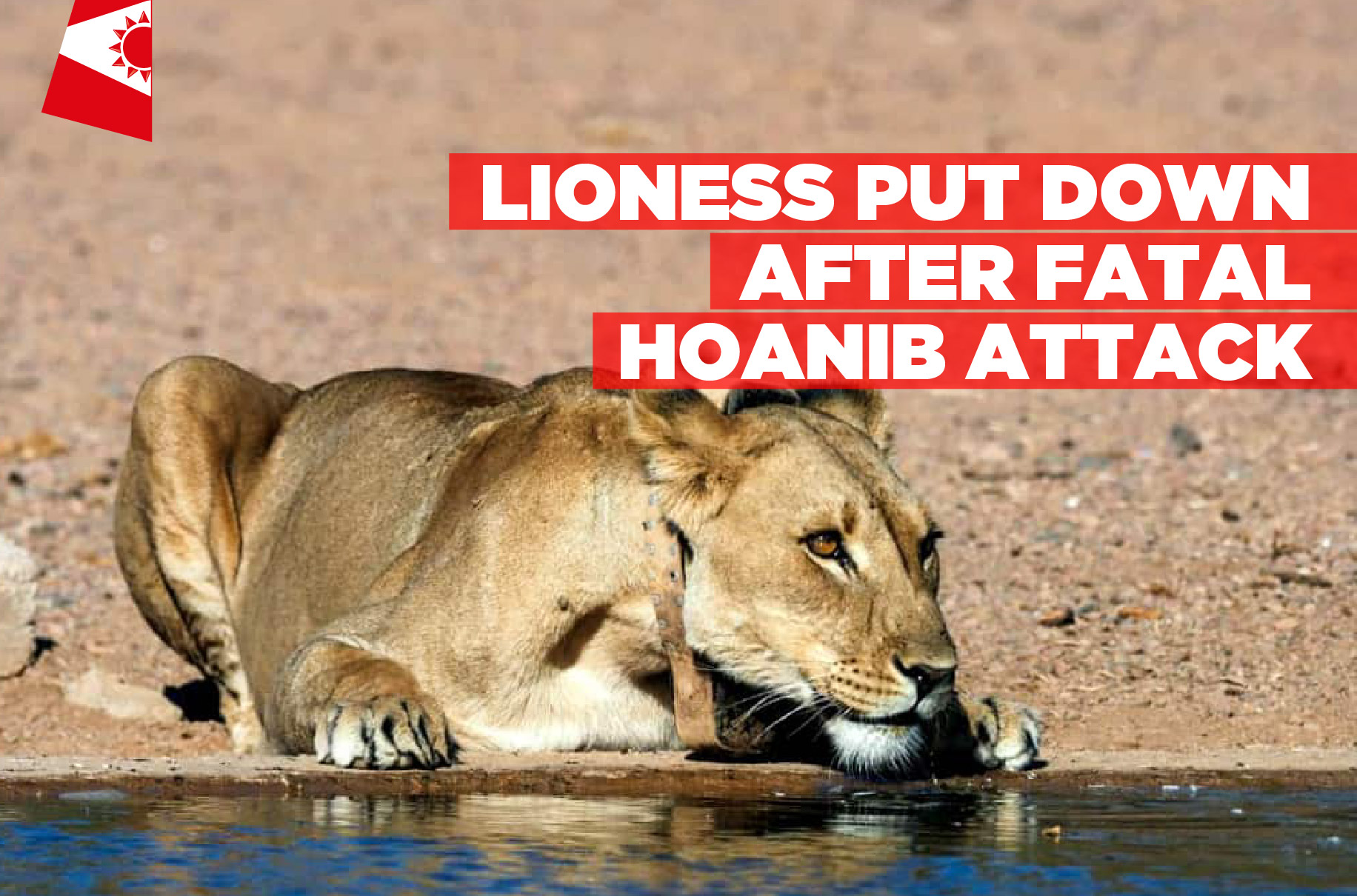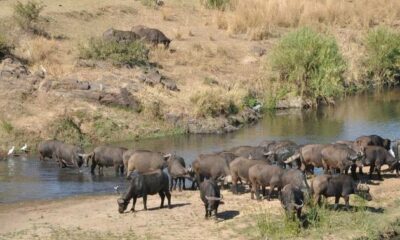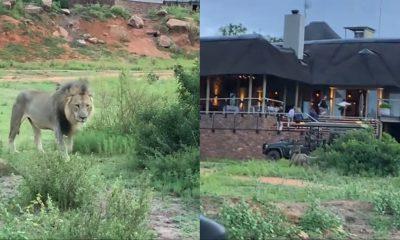News
A Lioness Called Charlie: The Namibian Attack That Sparked a Global Debate

It started as a tragedy in the early hours of a quiet Namibian morning – and ended with a bullet.
Now, the death of a lioness named Charlie is being mourned far beyond the remote Hoanib River valley where she was killed. Conservationists, tourists, and wildlife lovers around the world are asking the same question: When we enter the wild, who’s really trespassing?
A Fatal Encounter at Dawn
Bernd Kebbel, a 59-year-old German businessman and passionate supporter of lion conservation, was camping in Namibia’s arid northwest when he left the safety of his rooftop tent – just briefly, to use the bathroom.
In those few quiet moments, Charlie struck.
Despite efforts from other campers to intervene, the attack proved fatal.
By the end of the day, wildlife officials had tracked Charlie down and euthanised her. She was known to researchers in the area, monitored as part of a long-standing lion conservation programme. Her death triggered a wave of grief – and outrage.
“She Was Just Being a Lion”
To many conservationists, Charlie wasn’t just a wild animal. She was a case study in survival – part of a fragile lion population navigating shrinking territory, unpredictable prey patterns, and increasingly frequent encounters with humans.
“She did what any apex predator does when survival instincts take over,” said one local wildlife researcher who asked to remain anonymous. “The real issue is that we keep pushing deeper into their homes.”
Critics argue that this wasn’t a case of a “rogue” animal but a predictable result of overlapping human and wildlife spaces. The fact that campers were in an area known for predator activity – and lacking permanent facilities – has only intensified the debate.

Image 1: Alexas Fotos (Pexels)
The Cost of Coexisting
Namibia is celebrated for its conservation model, where wildlife roams freely even outside national parks, and tourism supports rural economies. But the very thing that makes it so appealing – wild, unfenced space – also brings risk.
The Namibian Chamber of Environment acknowledged the painful complexity in a public statement, calling the incident “a double tragedy” – the loss of both a human life and a critical predator under pressure.
Environmental groups are now pushing for clearer rules on camping in predator zones, stricter enforcement of buffer areas, and better education for tourists who may not fully grasp the risks.
A Symbol, Not Just a Statistic
What makes this story different is that Charlie wasn’t anonymous. She was tagged, tracked, and often mentioned in conservation reports. Her movements were studied. Her life – and now her death – has become a symbol of the tension between tourism and wildlife preservation.
An online petition to spare her, launched within hours of the incident, quickly gathered traction. Though unsuccessful, it has become a rallying point for conservationists who believe reactive killings send the wrong message.
One local NGO spokesperson put it plainly:
“She paid with her life for our presence in her territory.”
What Happens Next?
There are growing calls for wildlife authorities across Southern Africa to rethink how human-wildlife conflict is managed – not just after an attack, but long before it can happen.
Some are advocating for “soft barriers” like better signage, mobile ranger patrols near popular wild camping areas, and mandatory briefings for self-drive tourists. Others believe more radical changes are needed: regulating where and how people camp in known lion corridors.
Meanwhile, the image of Charlie – a lioness acting on instinct – has been etched into a growing conversation about what it really means to “coexist” with wild animals.
A Loss Felt on Two Fronts
In the end, the death of Bernd Kebbel was tragic. So was the killing of the lioness who took his life. Both deaths could arguably have been prevented.
What remains now is a conversation that can’t be avoided anymore – not just in Namibia, but across all safari destinations. As wild spaces shrink and tourism expands, we have to ask harder questions about where humans belong – and when we’ve gone too far.
Because in the wild, no one gets to rewrite the rules. Not even us.
Also read: Disappeared on a City Street: The Strange Case of Kamogelo Baukudi
Follow Joburg ETC on Facebook, Twitter , TikTok and Instagram
For more News in Johannesburg, visit joburgetc.com
Source: The South African
Featured Image: Facebook/Informanté



















